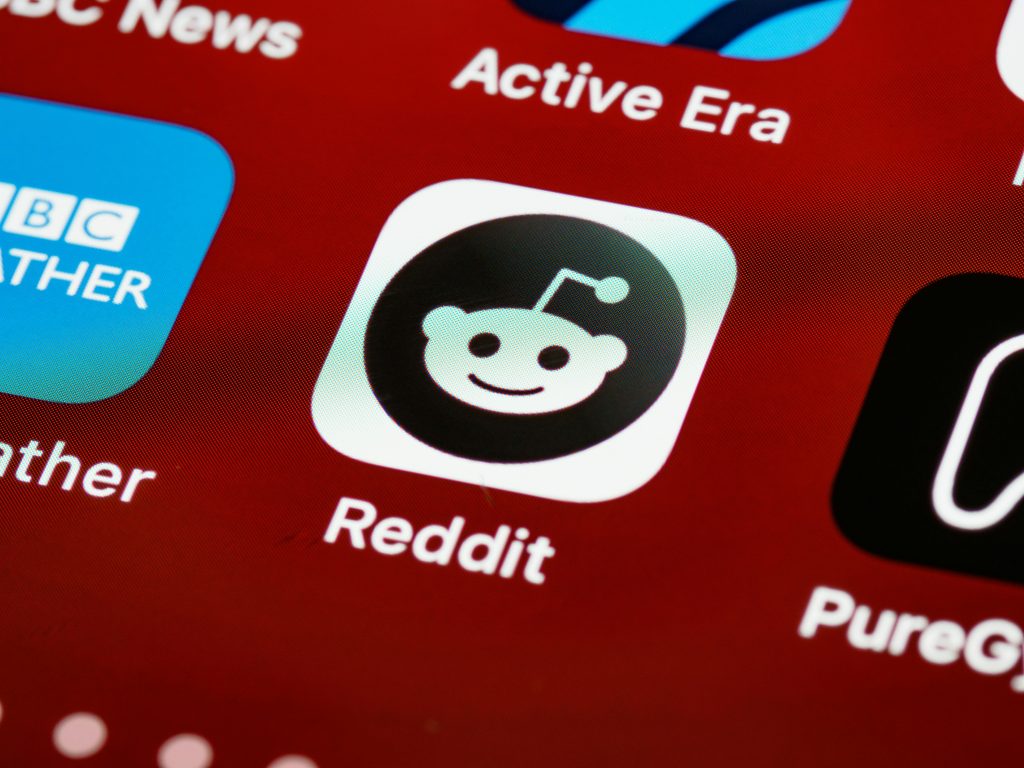Battling the Consequences of Poor Choices: My Experience with a Malware Attack
In the realm of online gaming, the temptation to cheat can occasionally lead players down a perilous path. I recently learned this lesson the hard way when I downloaded a Fortnite aimbot, which turned out to be a gateway to a severe security breach.
Initially motivated by a desire to prank my friends, I didn’t give much thought to the potential repercussions of my action. I’m usually the type who keeps cheating confined to single-player games, usually out of boredom. However, my attempt to enhance my gaming experience came back to haunt me when I was hit with a ransomware attack.
The intrusive hacker employed a screenshot service, capturing sensitive information and subsequently threatened to expose embarrassing content unless a ransom was paid in Bitcoin. They provided me with a list of passwords, presumably harvested from my Windows Hello and Chrome password manager. In hindsight, this was a wake-up call: I swiftly changed all my passwords and enabled two-factor authentication on everything I could.
Despite my efforts to secure my accounts, the damage had been done. I ran multiple scans using Malwarebytes, Tronscript, and Norton, yet none detected any lingering threats. Things took a turn for the worse when I tried to access Fortnite again, only to be met with a Blue Screen of Death (BSOD) and a persistent Kernel_Security_Check Error. It seemed as though my system had been compromised in a way that traditional antivirus solutions could not identify.
The initial infection stemmed from running a Loader.Exe file, which led to a cascade of issues. As I sifted through my files, I encountered a multitude of binary text files, further complicating my understanding of what changes had been made to my system.
Armed with determination, I set out to uncover exactly what alterations had occurred, aware that there must be a way to diagnose this hidden threat. However, my concern about launching Fortnite again only added to my anxiety, as I feared repeating this ordeal.
In an effort to dig deeper, I decided to run an analysis using Triage on the suspicious file I encountered. The analysis results are somewhat encouraging, but I feel overwhelmed and out of my depth. If anyone out there has the expertise to interpret this data or offer guidance, I would greatly appreciate your assistance.
In summary, let my experience serve as a cautionary tale: sometimes, a seemingly harmless decision can lead to significant consequences. It’s crucial to approach such situations with caution and knowledge—not just
Share this content:




Hi, it sounds like you’ve been through a very challenging situation. Dealing with malware infections and potential system compromises can be complex, especially after encountering ransomware and other malicious activity. Here are some steps and considerations that might help you move forward: